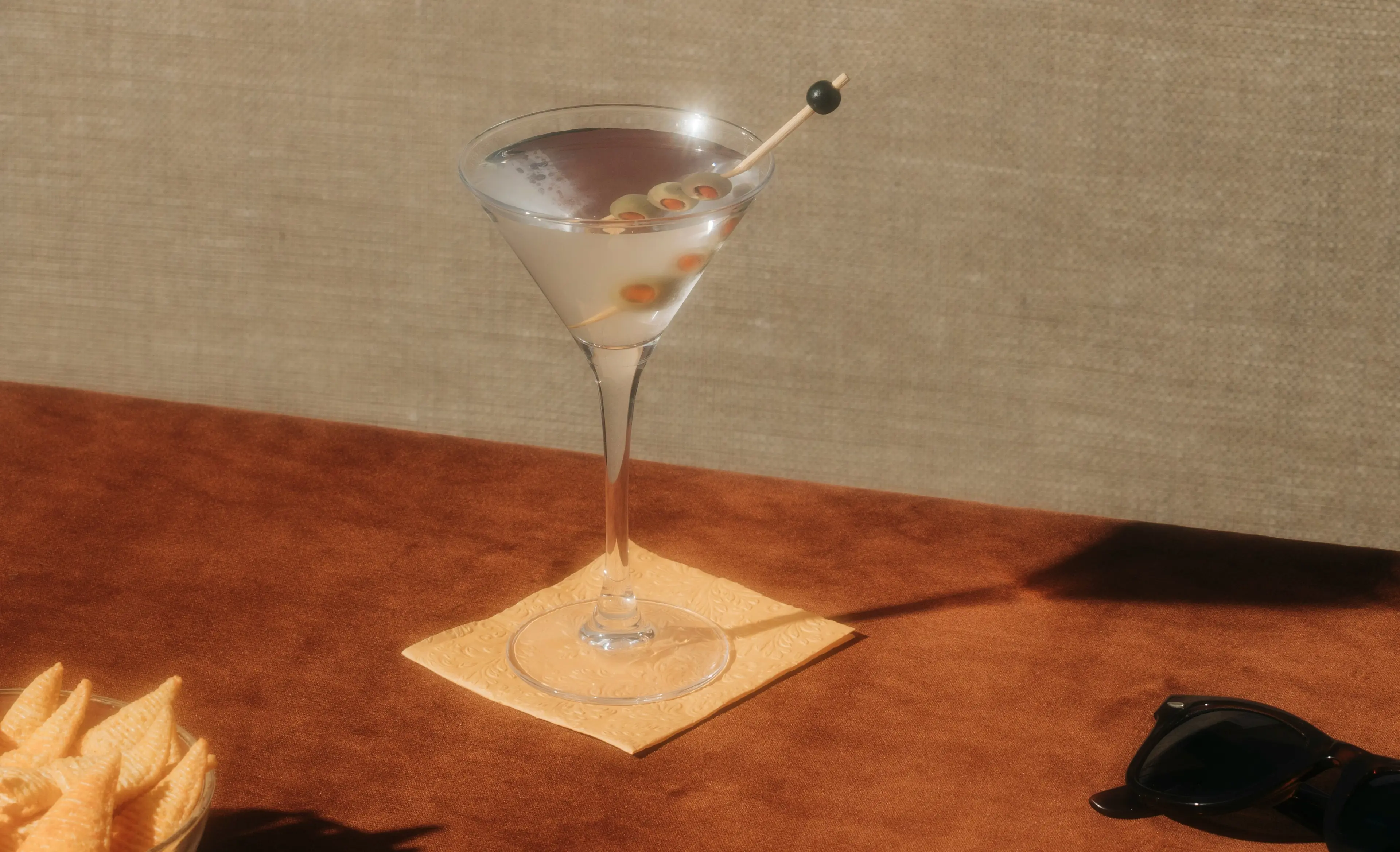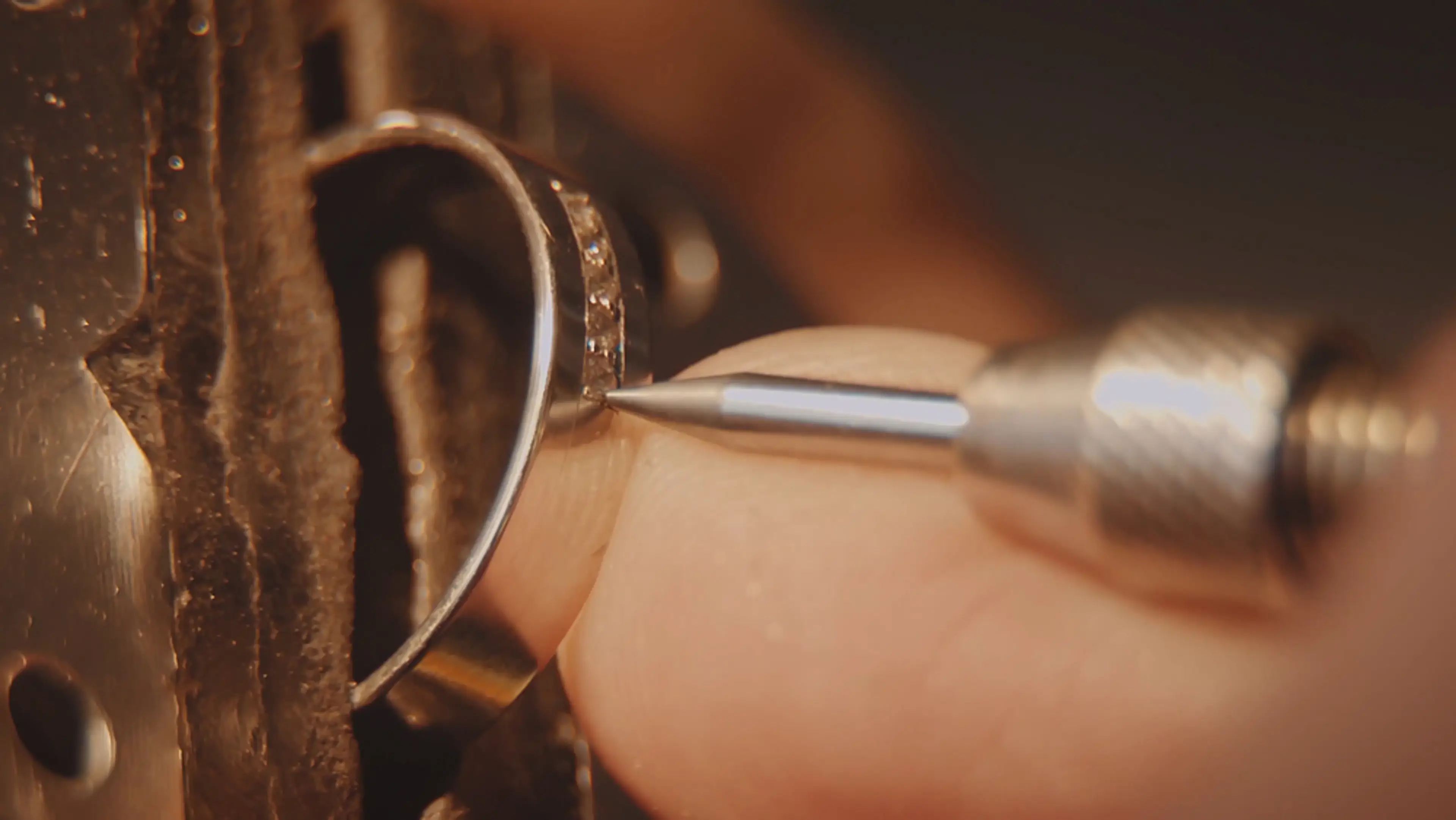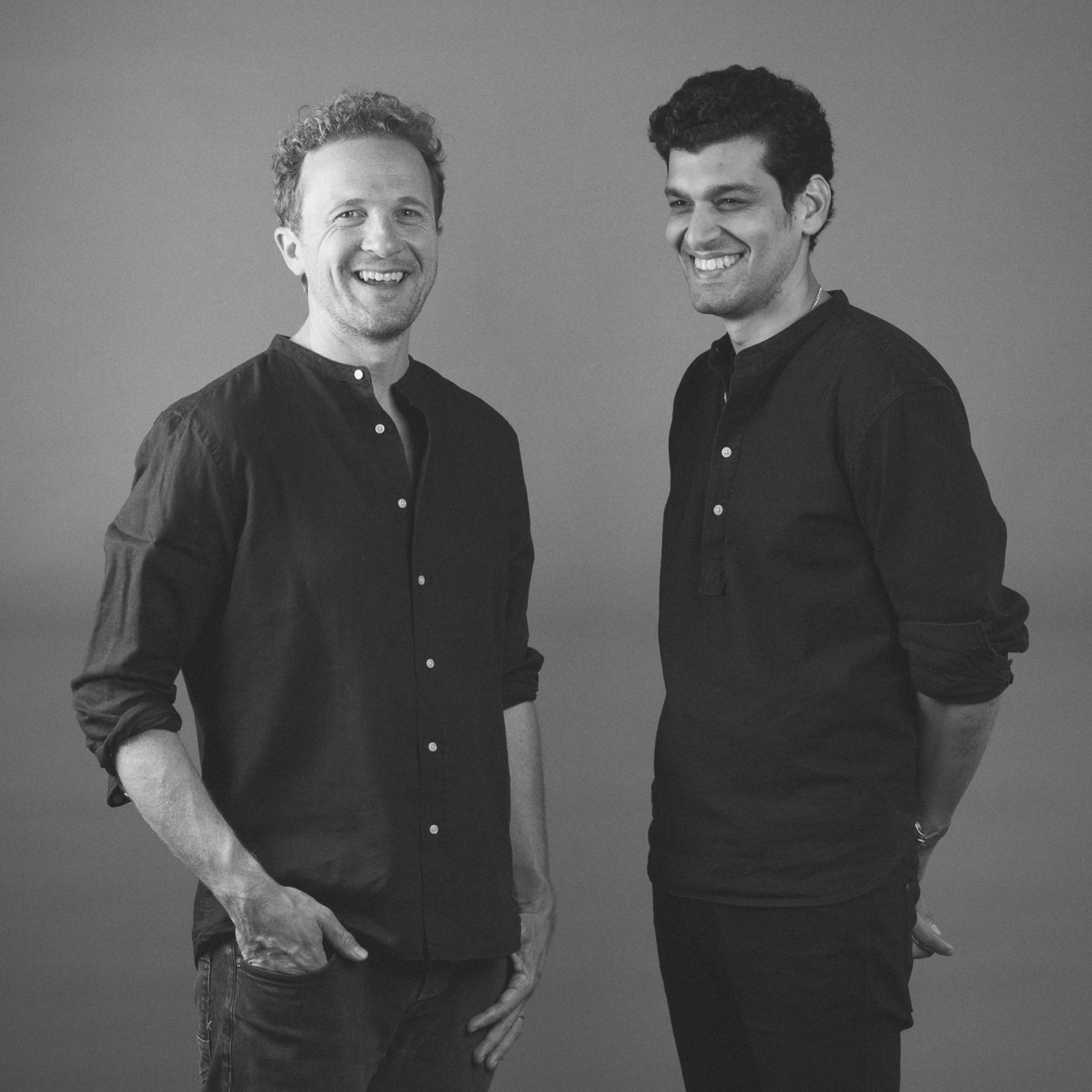News & Views
Features, reports, stories and commentary on the state of luxury and what’s next for brand and experience.

Luxury Commentary
30 Nov 2023
7 min read
The Luxury Report 2024
Featured

Podcasts
22 Apr 2025
2 min read
What The Luxe S4E9: Soft Power, Cultural Capital & British Luxury with Helen Brocklebank, CEO of Walpole

Podcasts
7 Apr 2025
2 min read
What The Luxe S4E8: A Conversation with The Godfather of River Cruising

Luxury Commentary
27 Mar 2025
7 min read
Taste and Curation in the Age of Algorithmic Luxury

Podcasts
24 Mar 2025
2 min read
What The Luxe S4E7: Honouring Heritage in The Electric Revolution with Seb Inglis-Jones, Co-Founder of Maeving

Luxury Commentary
11 Mar 2025
9 min read
The Pursuit of Meaningful Innovation

Podcasts
3 Mar 2025
2 min read
What The Luxe S4E6: Restoring Natural Abundance with Ben Goldsmith, Financier & Founder of Conservation Collective

Podcasts
3 Feb 2025
2 min read
What The Luxe S4E5: Legacy, Luxury and Service Innovation with Franck Arnold, Managing Director & Regional Vice-President at The Savoy London

Brand & CX
29 Jan 2025
min read
Brand Interactions™ for Arts & Culture: Analysing CX in Museums & Galleries

Podcasts
6 Jan 2025
2 min read
What The Luxe S4E4: The Future of Private Aviation with Matteo Atti, Global CMO of VistaJet

What The Luxe
Critical of the excess of traditional luxury, What The Luxe is a podcast designed to debunk convention, reframing the conversation with an enviable line-up of industry leaders.
Hosted by Anant Sharma & Fred Moore.

